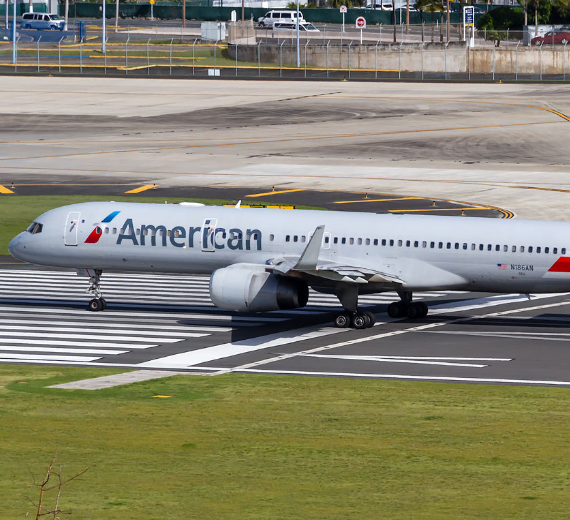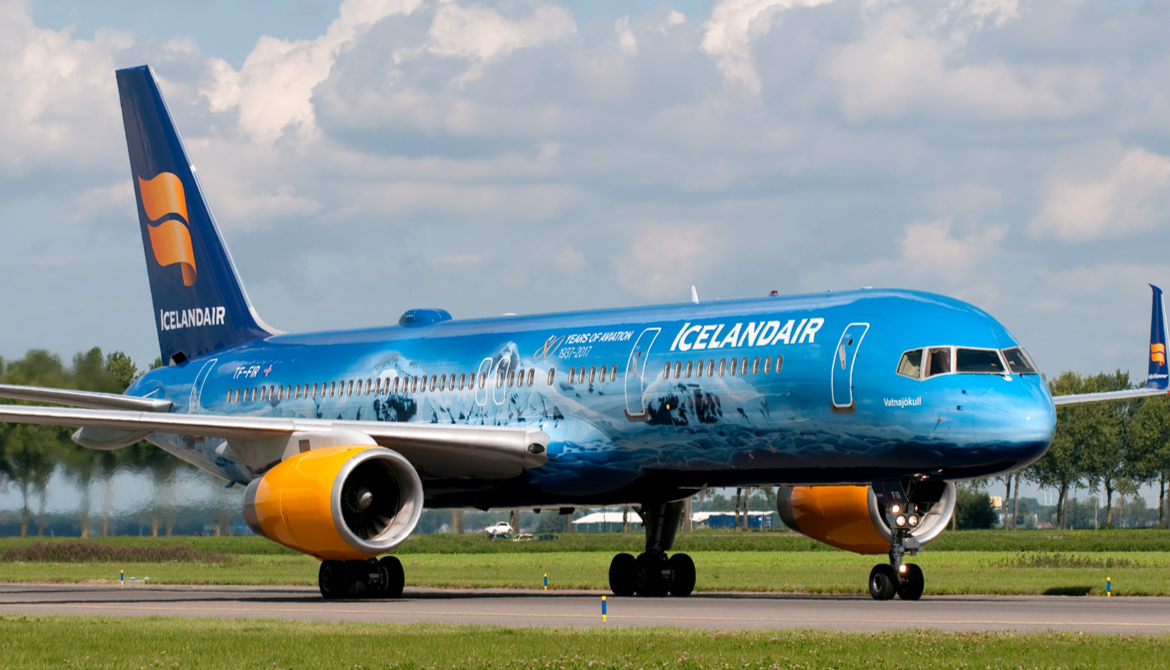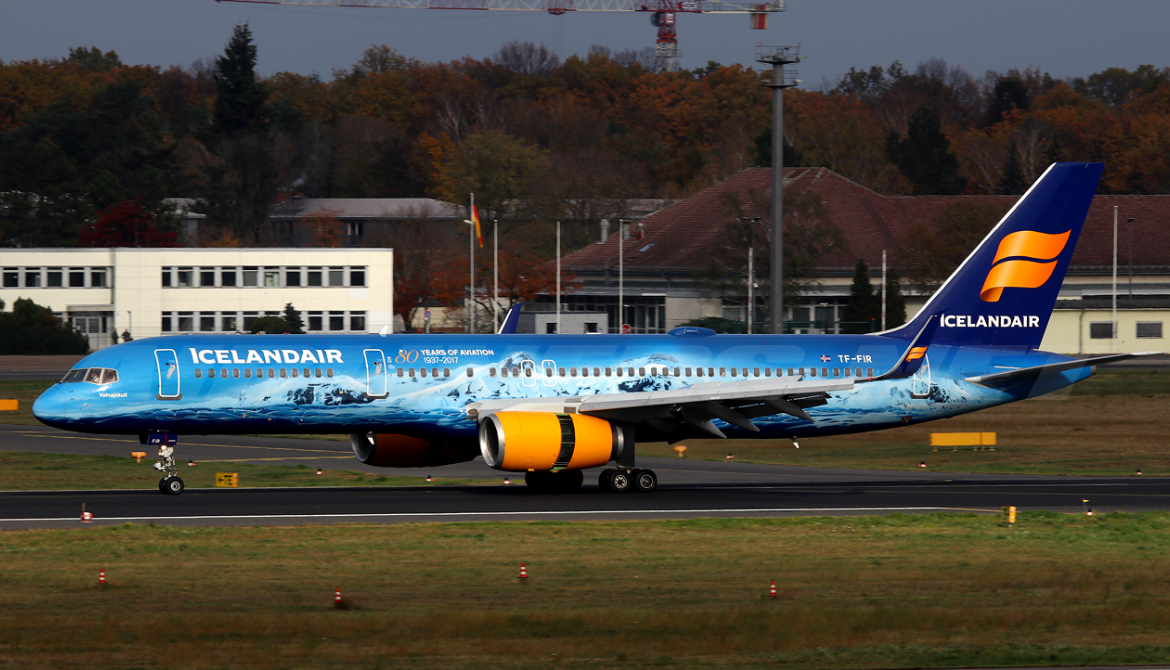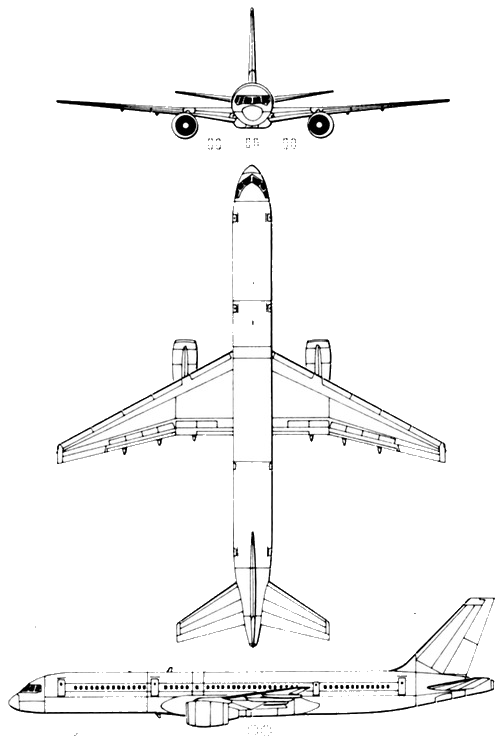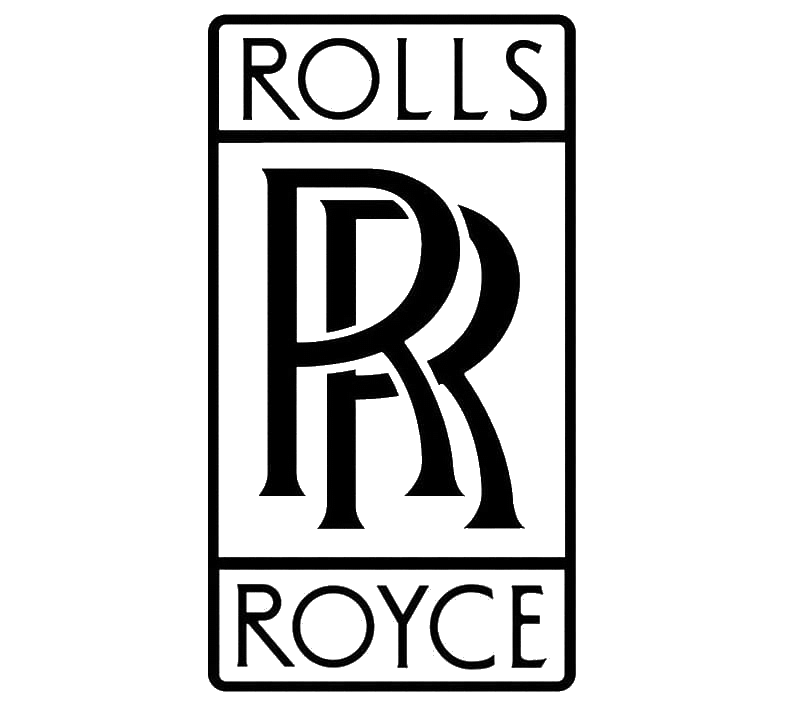Boeing Commercial Airplanes 757-100
Role Narrow-body jet airliner
National origin United States
Manufacturer Boeing Commercial Airplanes
First flight February 19, 1982
Introduction January 1, 1983, with Eastern Air Lines
Status In service
Primary users Delta Air Lines FedEx Express
United Airlines UPS Airlines
Produced 1981–2004
Number built 1,050
Variants Boeing C-32 / 757 Trump Force One
.
History Boeing Commercial Airplanes 757-100

The Boeing 757 is an American narrow-body airliner designed and built by Boeing Commercial Airplanes. The then-named 7N7, a twinjet successor for the trijet 727, received its first orders in August 1978. The prototype completed its maiden flight on February 19, 1982 and it was FAA certified on December 21, 1982. Eastern Air Lines placed the original 757-200 in commercial service on January 1, 1983. A package freighter (PF) variant entered service in September 1987 and a combi model in September 1988.
The 757 was intended to be more capable and more efficient than the preceding 727.The focus on fuel efficiency reflected airline concerns over operating costs, which had grown amid rising oil prices during the Yom Kippur War of 1973. Design targets included a 20 percent reduction in fuel consumption from new engines, plus 10 percent from aerodynamic improvements, versus preceding aircraft. Lighter materials and new wings were also expected to improve efficiency. The maximum take-off weight (MTOW) was set at 220,000 pounds (99,800 kg), which was 10,000 pounds (4,540 kg) more than the 727. The 757's higher thrust-to-weight ratio allowed it to take off from short runways and serve airports in hot and high conditions with higher ambient temperatures and thinner air, offering better takeoff performance than that offered by competing aircraft. Competitors needed longer takeoff runs for these hot and high conditions. Boeing also offered options for higher payload capability.
Production of the 757 peaked at an annual rate of 100 aircraft in the early 1990s, during which time upgraded models came under consideration. For over a decade, the narrow-body twinjet had been its manufacturer's only single-aisle airliner without a stretched variant, and while rumors of a long-range 757-200X and stretched 757-300X persisted, no formal announcements had been made. European charter carriers were particularly interested in a higher-capacity version which could take better advantage of the 757's range. Besides meeting the needs of charter customers, a larger model would enable Boeing to match the passenger lift capabilities of the 767-200 with lower operating costs,[66] and counter longer-range versions of the 185-seat Airbus A321, a new stretched variant of the A320 narrow-body airliner0
KmCeiling
0
KmRange
0
km/hAircraft Speed
0
Max Crew
Photo Gallery
Boeing Commercial Airplanes
757-100


Boeing Commercial Airplanes 757-100
General characteristics
-
Cockpit crew Two pilots 2-class seating 200 (12F+188Y) 1-class seating 219–239 max Cargo volume 1,670 cu ft (47.3 m3)
Powerplant
-
Engines (×2) 40,200–43,500 lbf (179–193 kN) Rolls-Royce RB211-535-E4(B)
36,600–42,600 lbf (163–189 kN) Pratt & Whitney PW2000-37/40/43
Specifications
-
Speed Cruise: Mach .8 (461 kn; 854 km/h; 531 mph),
Max.: Mach .86 (496 kn; 918 km/h; 571 mph)Range 3,915 nmi (7,250 km;
Links to Youtube & Others
he 757 is a low-wing cantilever monoplane with a conventional tail unit featuring a single fin and rudder. Each wing features a supercritical cross-section and is equipped with five-panel leading edge slats, single- and double-slotted flaps, an outboard aileron, and six spoilers.
Boeing 757-100
While the 757 program had been financially successful, declining sales in the early 2000s threatened its continued viability.
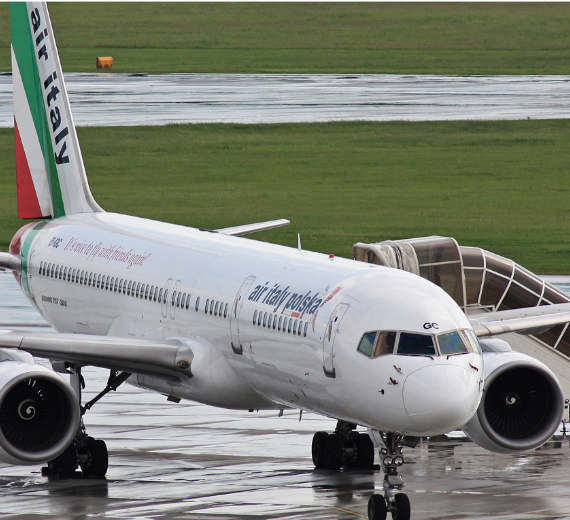
Youtube Link
he 757 is a low-wing cantilever monoplane with a conventional tail unit featuring a single fin and rudder.
